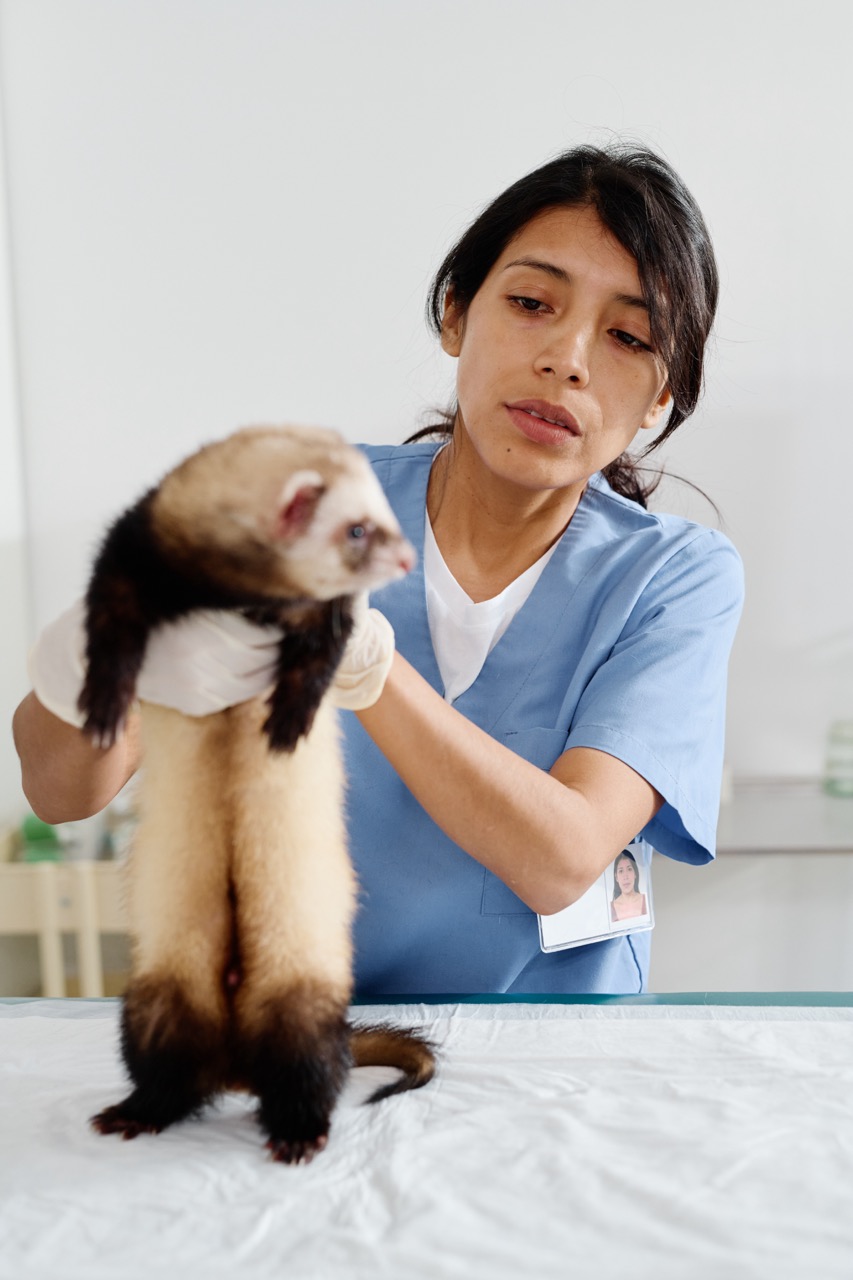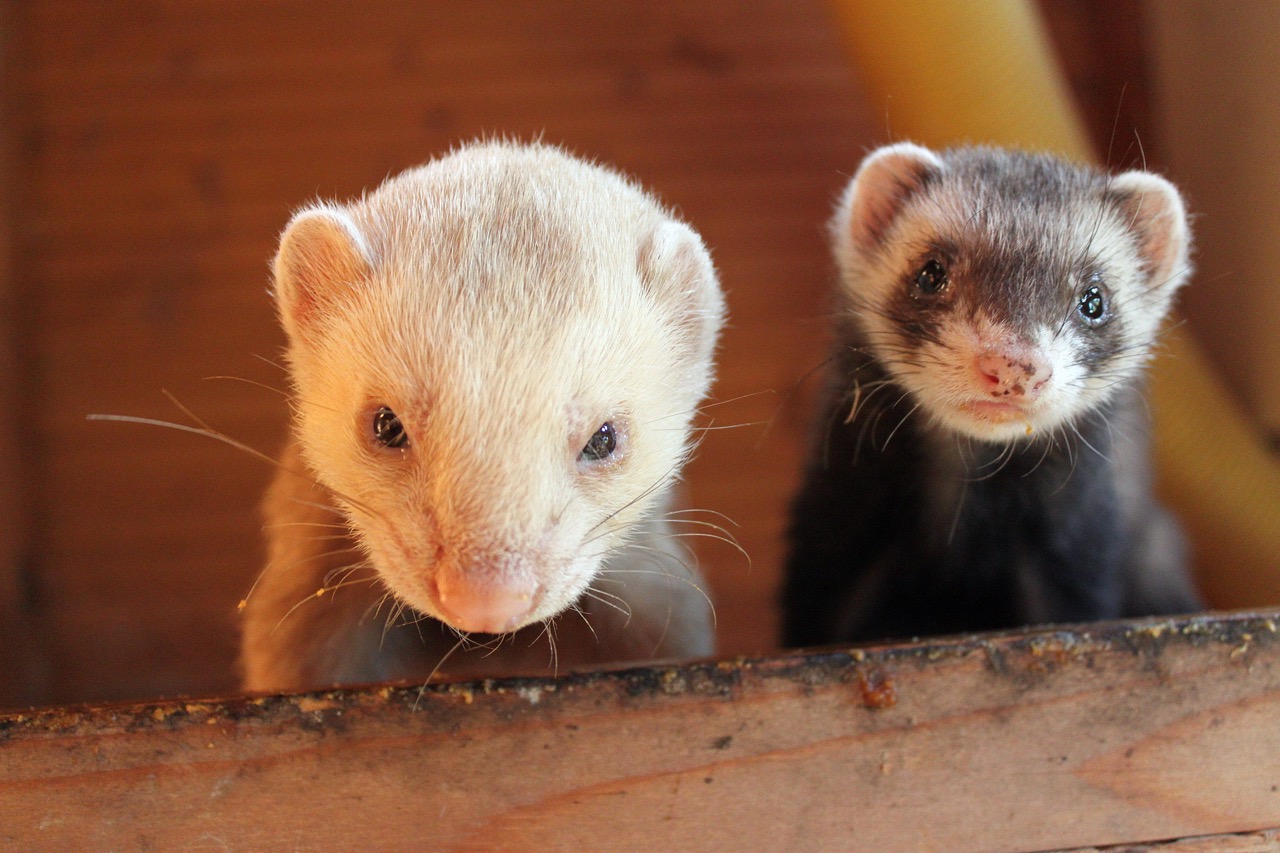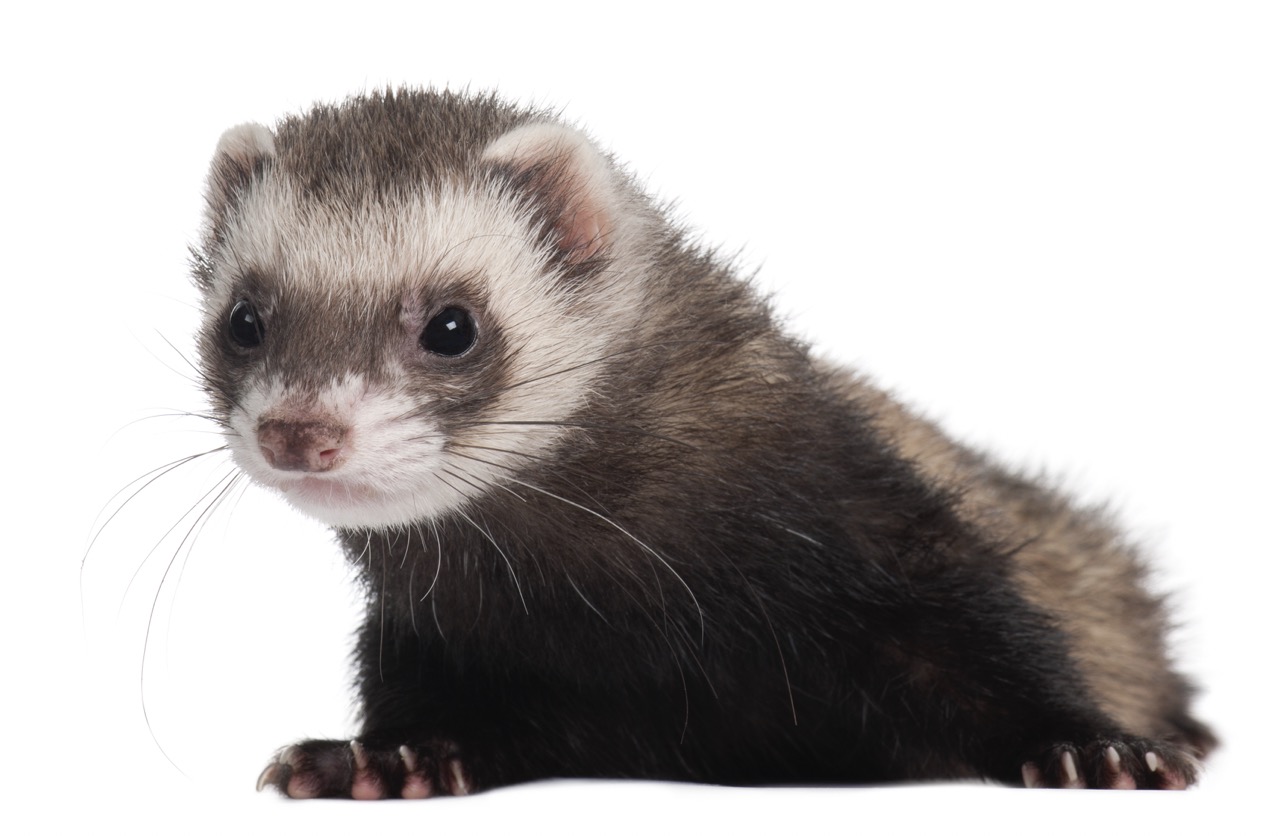The ferret (Mustela putorius furo) is a small, agile carnivore known for its playful nature and inquisitive behavior. Like all mammals, ferrets possess a specialized respiratory system that enables them to breathe and thrive in their environments. Understanding the anatomy and function of the ferret respiratory system is essential for any ferret owner, as it allows for better care and awareness of potential health issues. This article delves into the intricate workings of the ferret respiratory system, the breathing process, common respiratory ailments, and tips for maintaining optimal respiratory health in these delightful pets.
Understanding the Anatomy of the Ferret Respiratory System
The respiratory system of a ferret consists of several key structures, including the nasal cavity, trachea, bronchi, lungs, and alveoli. The nasal cavity is equipped with a complex network of mucous membranes that help filter, warm, and humidify the air as it enters the lungs. This initial stage is critical as it prepares the air for gas exchange and protects the lungs from harmful pathogens and particulate matter.
The trachea, or windpipe, serves as the main airway that connects the nasal cavity to the bronchi, which branch into the left and right lungs. Within the lungs, the bronchi further divide into smaller bronchioles, culminating in tiny air sacs called alveoli. These alveoli are the site of gas exchange, where oxygen is absorbed into the bloodstream, and carbon dioxide is expelled. The structure and efficiency of this system enable ferrets to perform agile movements and maintain high levels of activity.
In addition to their unique anatomical features, ferrets have a relatively high respiratory rate compared to many other mammals, typically ranging from 33 to 36 breaths per minute at rest. This rapid breathing rate is essential for meeting their oxygen demands, especially given their high metabolism. Understanding this anatomy allows ferret owners to better appreciate how these animals breathe and why it is crucial to maintain a healthy respiratory environment.
The Process of Breathing: How Ferrets Inhale and Exhale
Breathing in ferrets, as in other mammals, involves two primary phases: inhalation and exhalation. During inhalation, the diaphragm, a muscle located beneath the lungs, contracts and moves downward, creating a negative pressure within the chest cavity. This negative pressure draws air into the lungs through the trachea and bronchi. Simultaneously, the intercostal muscles, which are located between the ribs, help expand the ribcage, further facilitating airflow into the lungs.
As air travels through the bronchial tree, it reaches the alveoli, where the essential process of gas exchange occurs. Oxygen from the inhaled air diffuses across the thin walls of the alveoli and enters the pulmonary capillaries, where it binds to hemoglobin in red blood cells. Meanwhile, carbon dioxide, a waste product of cellular respiration, moves from the blood into the alveoli to be expelled during exhalation.
Exhalation is generally a passive process for ferrets, as the diaphragm and intercostal muscles relax, allowing the chest cavity to return to its original size. This relaxation increases the pressure within the lungs, pushing air out through the bronchi and trachea, and ultimately expelling it through the nasal cavity. Understanding this breathing cycle is crucial for recognizing any abnormalities or disruptions in a ferret’s respiratory pattern, which may signal underlying health issues.
Common Respiratory Issues Affecting Ferrets and Their Symptoms
Ferrets are susceptible to a range of respiratory issues, some of which can be serious or even life-threatening. One of the most common conditions is respiratory infections, which can be caused by bacteria, viruses, or fungi. Symptoms of respiratory infections may include coughing, sneezing, nasal discharge, difficulty breathing, and lethargy. If left untreated, these infections can lead to pneumonia or other complications.
Another prevalent respiratory concern is asthma, a condition characterized by inflammation and constriction of the airways. Asthma in ferrets can be triggered by allergens such as dust, pollen, and smoke. Symptoms often include wheezing, coughing, and labored breathing. Asthma management may involve environmental changes, medications, and regular veterinary check-ups to monitor the ferret’s condition.
Lastly, ferrets can suffer from tumors or growths in the respiratory tract, which can obstruct airflow and cause various respiratory symptoms. Symptoms may include persistent coughing, difficulty breathing, or abnormal sounds while breathing. Early detection and treatment are vital for improving outcomes in such cases, underscoring the importance of regular veterinary examinations and monitoring for any changes in respiratory behavior.
Tips for Maintaining Optimal Respiratory Health in Ferrets
Maintaining optimal respiratory health in ferrets begins with creating a clean and safe environment. Regular cleaning of their living space is crucial to reduce allergens and irritants such as dust, mold, and cigarette smoke. Ferret owners should also ensure that their pets are not exposed to strong odors or airborne chemicals, such as cleaning agents or perfumes, which can compromise their respiratory health.
In addition to environmental management, ensuring that ferrets receive proper nutrition and hydration is essential for maintaining overall health, including respiratory function. A balanced diet rich in proteins, vitamins, and minerals supports a robust immune system, helping ferrets fend off infections. Freshwater should always be available to prevent dehydration, which can exacerbate respiratory issues.
Lastly, regular veterinary check-ups are vital for early detection and treatment of respiratory problems. Annual health assessments can help identify any underlying conditions before they escalate, while vaccinations, as recommended by a veterinarian, can protect ferrets from respiratory infections. By taking these proactive measures, ferret owners can help ensure their pets enjoy healthy and active lives.
In summary, understanding the ferret respiratory system is key to ensuring the well-being of these lively companions. By familiarizing themselves with the anatomy and function of this system, as well as common respiratory issues, ferret owners can take appropriate steps to maintain their pets’ health. Regular monitoring and proactive care will not only enhance the quality of life for ferrets but also strengthen the bond between them and their human caregivers. Awareness and education are essential components in fostering a happy and healthy ferret environment.










